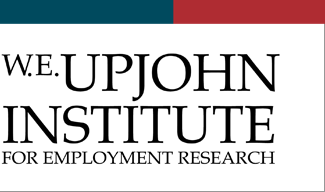Series
Upjohn Institute working paper ; 22-363
DOI
10.17848/wp22-363
Issue Date
February 2022
Abstract
A concern in higher education policy is that students are taking longer to graduate. One possible reason for this observation is an increase in off-campus labor market participation among college students. Financial aid may play a role in the labor/study choice of college students—as college becomes more affordable, students my substitute away from work and toward increased study. I use data from the National Postsecondary Student Aid Study (NPSAS) to exploit nonlinearity in the Pell Grant formula to estimate a regression kink and regression discontinuity designs. I find that conditional on receiving the minimum of $550, students reduce their labor supply by 0.4 hours per week, which translates to a 2.4 percent decrease in hours worked. Students who receive the average Pell Grant of $2,250 are 7.6 percentage points (or around 12 percent) less likely to work and, if working, supply 5.10 less hours per week, or around 30.67 percent reduction. I find Pell Grants do increase academic achievement, implying that students substitute study time for work.
Subject Areas
EDUCATION; Postsecondary education
Get in Touch With The Expert
Want to arrange to discuss this work with the author(s)? Contact our .
Included in
Citation
Kofoed, Michael S. 2022. "Pell Grants and Labor Supply: Evidence from a Regression Kink." Upjohn Institute Working Paper 22-363. Kalamazoo, MI: W.E. Upjohn Institute for Employment Research. https://doi.org/10.17848/wp22-363

